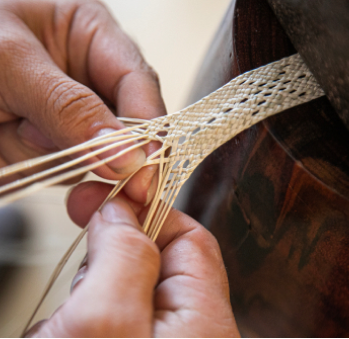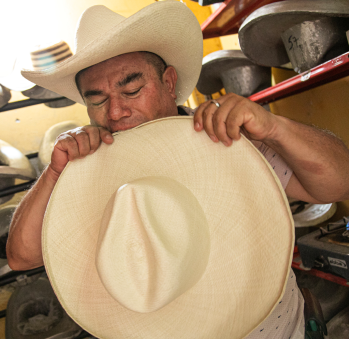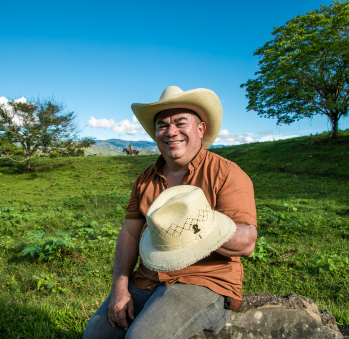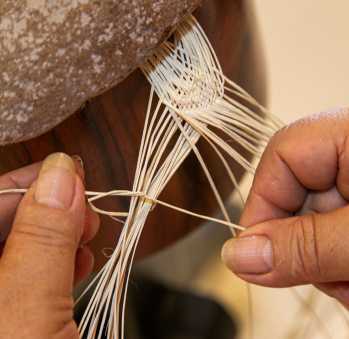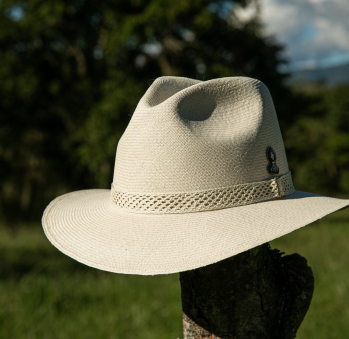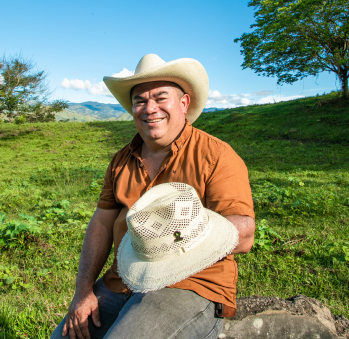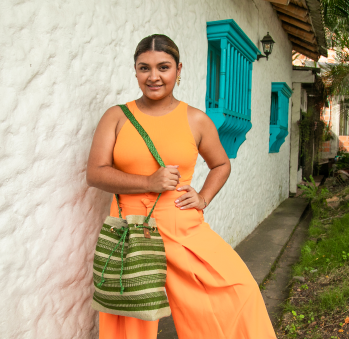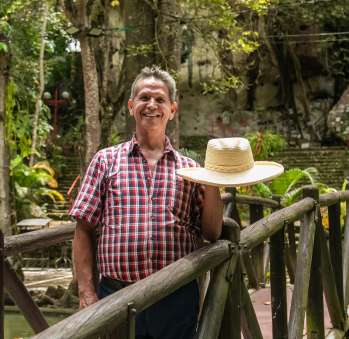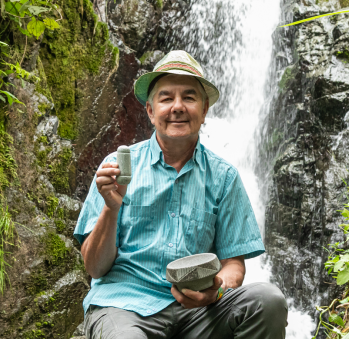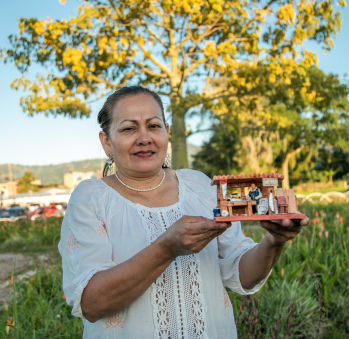Gerardo Hurtado
Workshop: Museo La Casa Del Sombrero Suaza
Craft: Tejeduría
Trail: Huila Route
Location: Suaza, Huila
SCHEDULE YOUR VISIT
Carrera 8 # 6 -45 Suaza, Huila
3114913794
Sombrerossuazahurtado@yahoo.es
@burritasombrero
@sombrerosuazalaburrita
Gerardo Hurtado was raised by his father, Gentil Hurtado, who shared stories of his own father, Edolio. Edolio’s remarkable tales included journeys covering 334 kilometers between Suaza and Girardot, accompanied by his horses laden with hats. His destination was the Magdalena River’s port in Girardot, where he would sell these hats to foreign traders, who in turn marketed them in places like Panama and Cuba. After these arduous trips, Edolio returned with the earnings that sustained their family. Growing up, Gerardo grasped the significance of hats in their household. Among seven siblings, he halted his education at age ten, delving into hat weaving and sales at equestrian and cattle fairs. He made the decision after witnessing his father’s concern over insufficient income. Tradition stipulated that women wove while men fixed the shape of the hats, ginivng them their final form. Gerardo used to watch his father work, a teacher sometimes impatient and severe, in order to learn the craft. Recognizing the covert nature of their labor. He soon realized their work was somehow hidden and that his family only exhibited the hats when a potential buyer asked for them. To address this, he acquired the front room of their family residence, transforming it into a showroom. This aspiration made sense due to the intricate, labor-intensive nature of their craft.
Their labor starts with harvesting iraca shoots. While this palm is also employed in Sandoná, Nariño, and Aguadas, Caldas, the fibers in Suaza, Huila are more resistant. Following harvest, leaves’ edges are trimmed and threads extracted. For ripping the threads they use a special fork made from a dog’s bone or, as the one Gerardo kept from his grandmother, a deer’s bone. The fibers are then bleached in boiling water with lemon, bitter orange drops, or wild plants such as malba or caudillo. After drying in the shade, fibers are meticulously chosen based on width and hue. Assembling the weaving begins with eighty threads, crossing and increasing thread numbers, meticulously braiding and tightly knotting for the crown, pinch, and brim. The weaving progresses lap by lap, contributing to its exclusivity. A single day’s work completes only one or two laps, and crafting an entire hat can span two weeks to a month, depending on brim width and thread size. Gerardo’s expertise lies in the final step: fixing. The remaining palm threads are cut with a blade and trimmed using nail clippers. Pounding follows, where the hat is shaped by a weighty granadillo wood staff, pounded against a dinde wood block, and then with finer staffs used to fix the pinch and band.
Each weaver independently harvests from the shrubland, rips, and selects their own iraca. None sell it, adding to its uniqueness. The Suaza hat finds admirers among men and women, particularly those engaged in cattle or horse work, enhancing their elegance. Gerardo understands his craft’s exceptional nature, proudly showcasing it at primary equestrian, cattle, and artisanal fairs—even venturing to Europe for this purpose. Thus, he established a museum centered around the Suaza hat, its history and crafting process. We strongly recommend a visit! According to Gerardo, while many visitors arrive out of curiosity, after discovering the significance behind each white hat and comprehending its value, they often leave proudly wearing one.
Craft

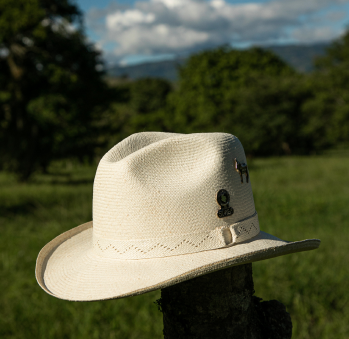
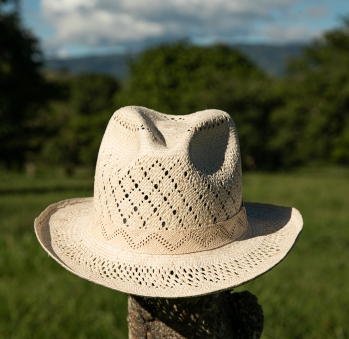
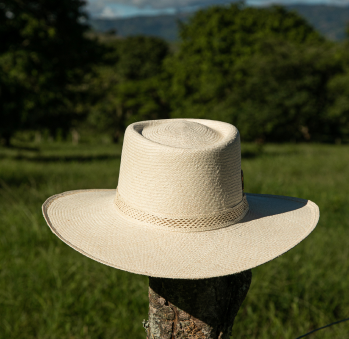


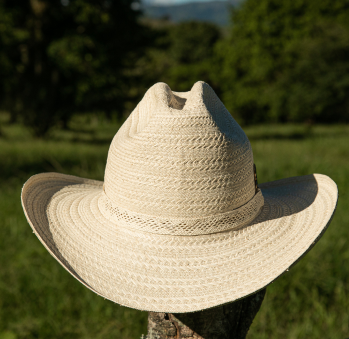







Artisans along the way
Artisans along the way
No puede copiar contenido de esta página










































